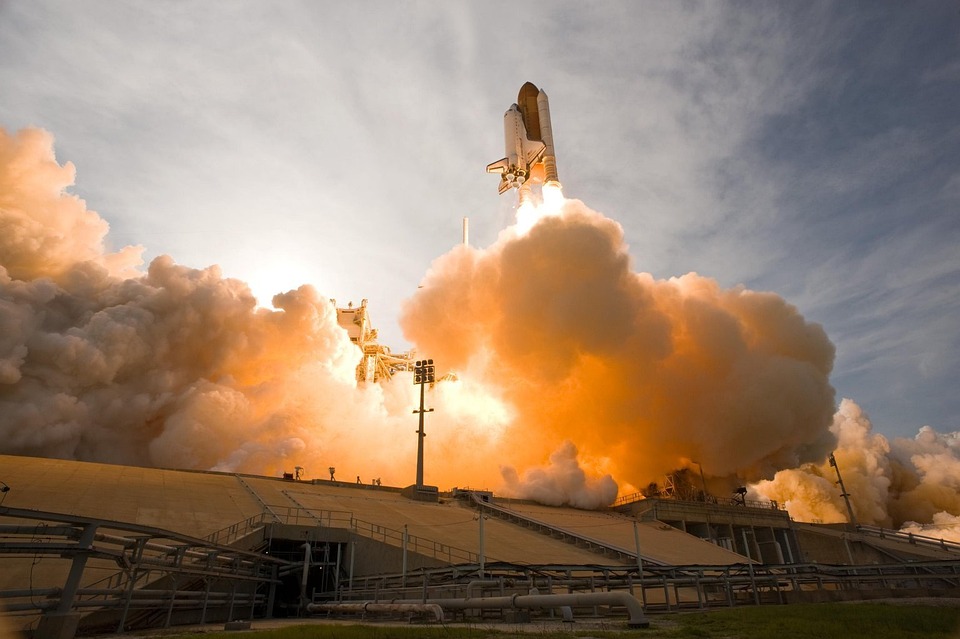The Principles of Lift Force in Aviation
In the world of aviation, lift force plays a crucial role in keeping aircraft aloft. The concept of lift force is essentially the force that allows an aircraft to overcome gravity and take to the skies. Lift force is generated by the wings of an aircraft, which are specifically designed to create lift by manipulating airflow.
Factors Affecting Lift Force
There are several factors that can affect the lift force generated by an aircraft. These factors include:
1. Wing shape and design
The shape and design of an aircraft’s wings have a significant impact on the amount of lift force that can be generated. Wings with a curved shape on the top surface and a flatter shape on the bottom surface are able to create lift more efficiently. This shape creates a pressure difference between the top and bottom surfaces of the wing, which in turn generates lift.
2. Angle of attack
The angle of attack is the angle at which the wing meets the oncoming airflow. An optimal angle of attack is needed to generate the maximum lift force. If the angle of attack is too steep, the airflow can become turbulent and lift force may be reduced. Conversely, if the angle of attack is too shallow, the wing may not be able to generate enough lift force to keep the aircraft airborne.
3. Airspeed
Airspeed is another important factor that affects lift force. The faster an aircraft is traveling, the more lift force can be generated. This is because the faster airflow over the wings creates more lift. However, there is a limit to how fast an aircraft can travel before the excess speed creates drag, which can actually reduce lift force.
4. Air density
The density of the air also plays a role in the amount of lift force that can be generated. Air at higher altitudes is less dense than air at lower altitudes, which means that aircraft flying at higher altitudes may need to compensate by increasing their airspeed or adjusting their angle of attack in order to maintain lift force.
5. Wing area
The size of an aircraft’s wings also affects the amount of lift force that can be generated. Larger wings have a greater surface area, which allows for more efficient lift generation. Smaller wings, on the other hand, may not be able to generate enough lift force to support the weight of the aircraft. This is why different types of aircraft, such as gliders and jumbo jets, have wings of different sizes and shapes.
6. Weight of the aircraft
The weight of the aircraft itself is also a factor that affects lift force. Heavier aircraft require more lift force to take off and stay airborne. This is why cargo planes and passenger jets have larger wings and more powerful engines than smaller aircraft like helicopters or light planes.
7. Altitude and temperature
The altitude and temperature of the air can also impact lift force. As mentioned earlier, air at higher altitudes is less dense than air at lower altitudes, which can affect the amount of lift force that can be generated. Additionally, temperature can affect air density, with warmer air being less dense than cooler air. Pilots must take these factors into account when flying at different altitudes and in different weather conditions.
Conclusion
In conclusion, lift force is a critical component of aviation that allows aircraft to overcome gravity and take flight. By understanding the various factors that affect lift force, pilots and engineers can design and operate aircraft more efficiently and safely. From wing shape and design to airspeed and altitude, each factor plays a role in the generation of lift force. By optimizing these factors, aircraft can achieve maximum lift force and soar through the skies with ease.

Leave a Reply